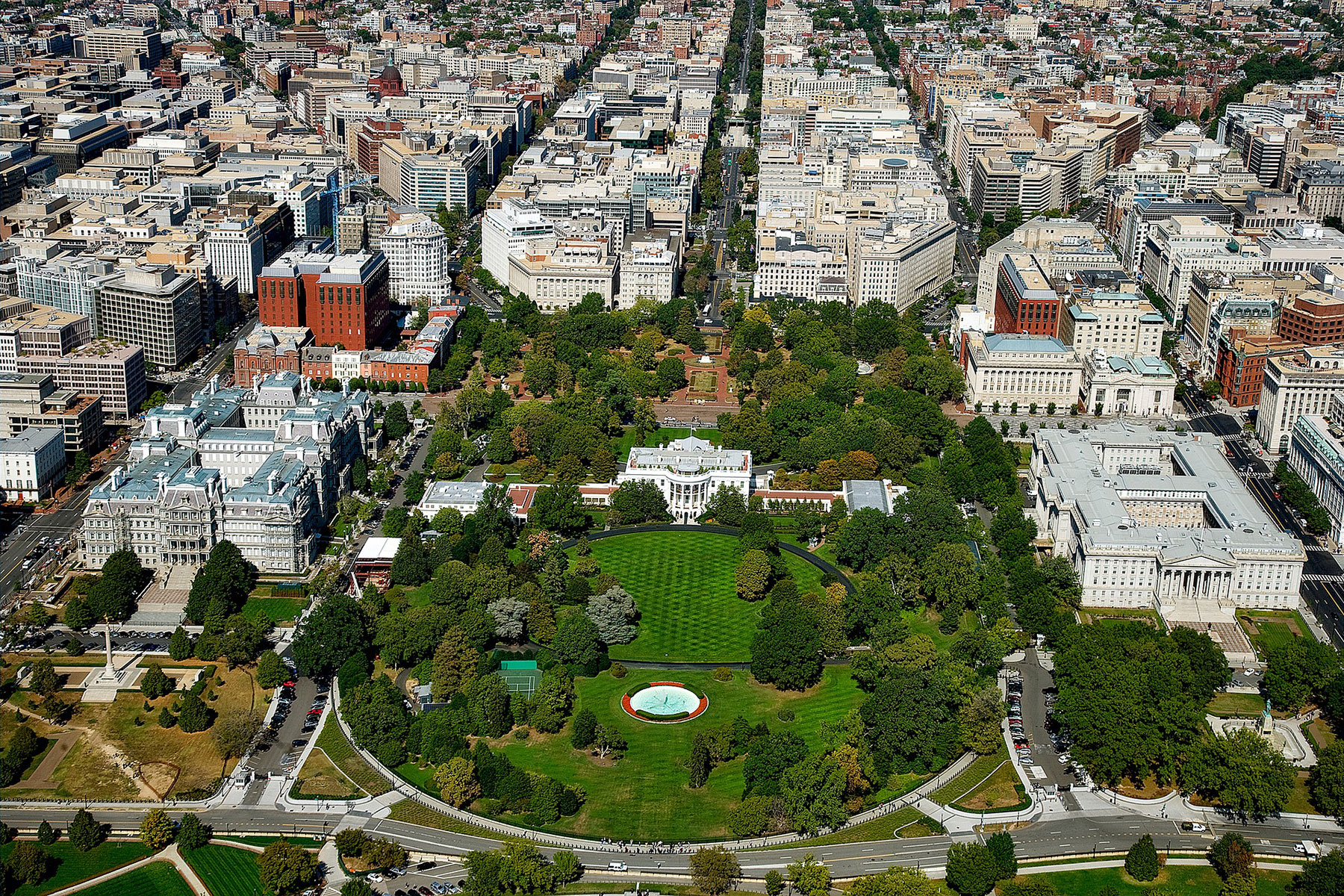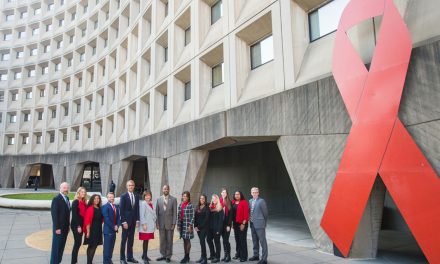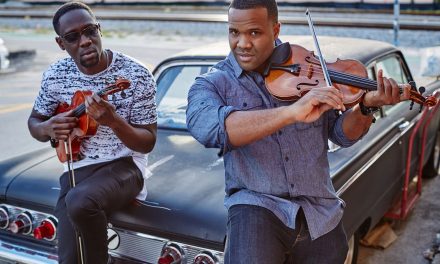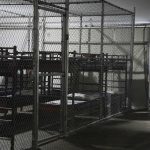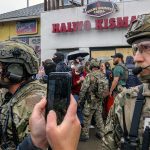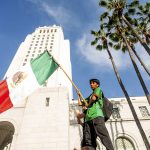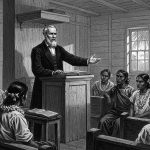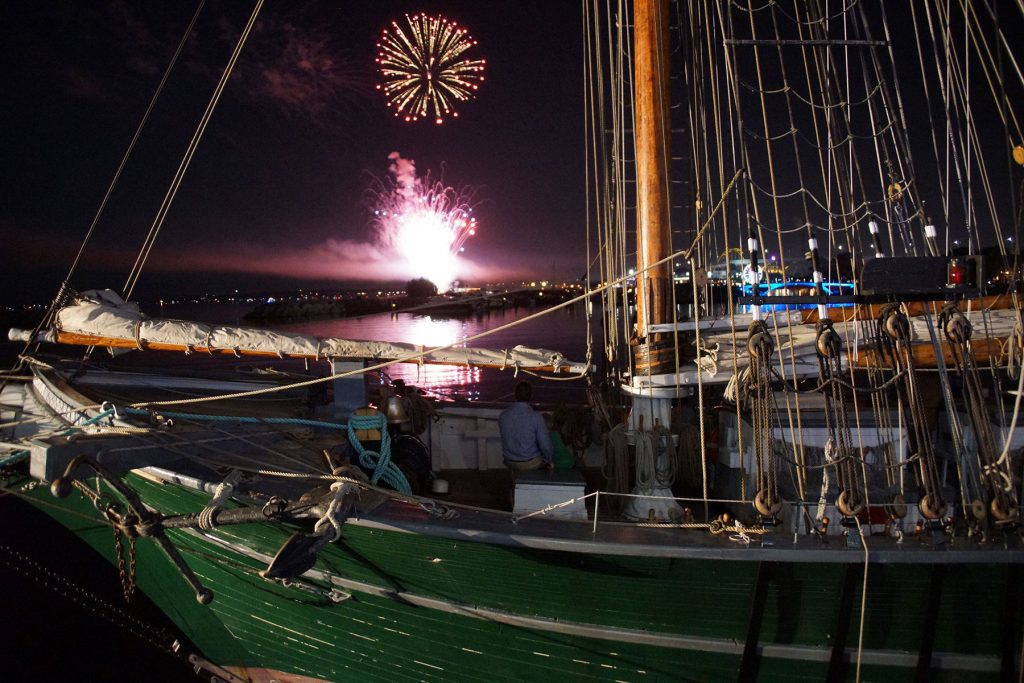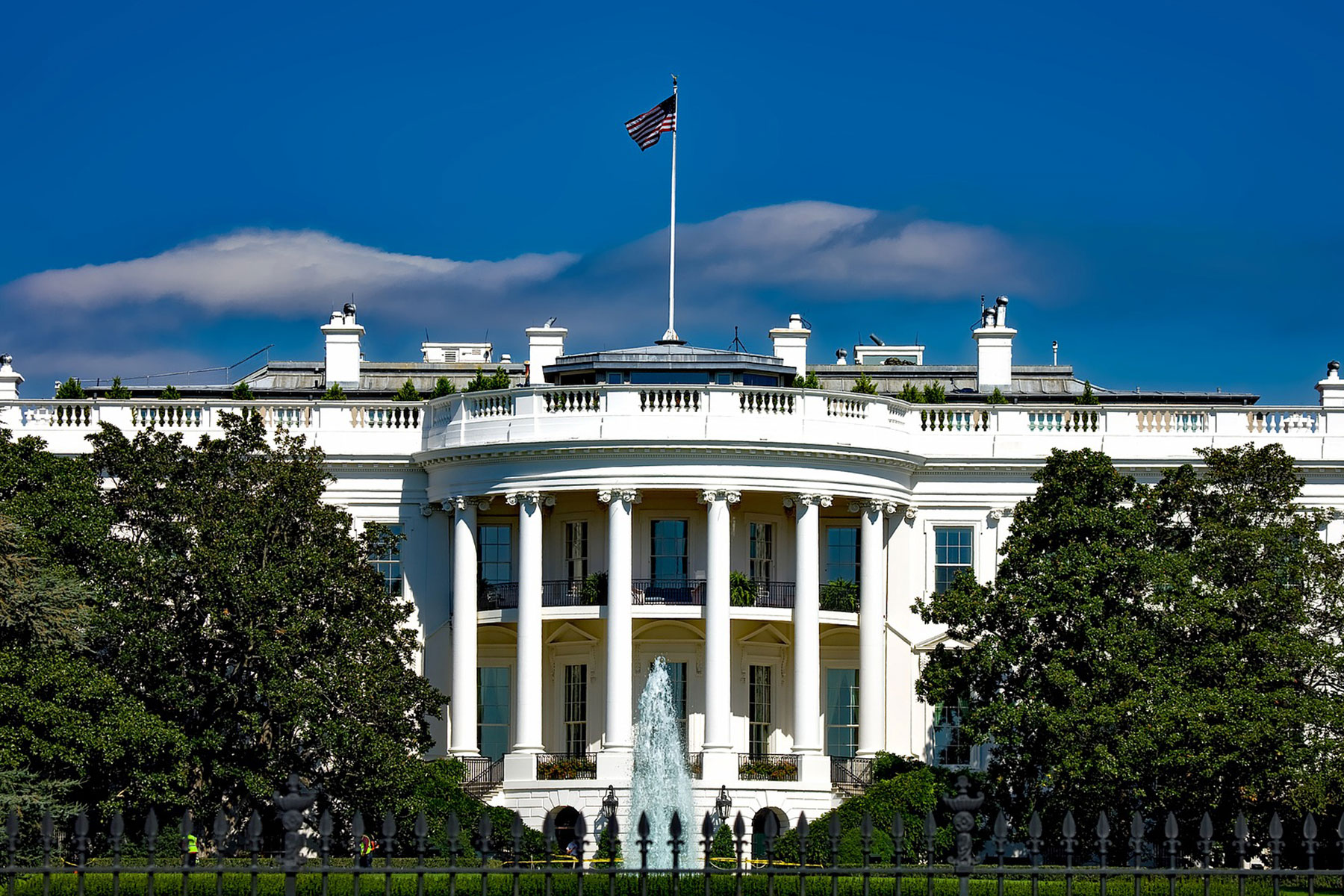
“Fake news.” It’s a hashtag, a rallying cry, a string of syllables easily deployed as either a joke or a grave threat to press freedoms and journalists’ well-being.
In the twelve months since his election, President Donald J. Trump has leveraged the phrase—arguably a co-campaign slogan to “Make America Great Again”—to rally supporters and ostracize the media, crafting an increasingly tenuous relationship with the latter.
Such rhetoric drives an ever-unpredictable policy agenda, yet it is difficult to fathom Trump’s administration truly championing the “mainstream media” it vehemently attacks. While his aggressive negotiating tactics may offer some hope to reporters imprisoned overseas, his presidency ultimately poses a grave threat to journalists around the globe.
Assessing freedom of the press, violence against journalists and, ultimately, reporters’ human rights in the Trump era requires awareness of media protections traditionally extended by U.S. legal institutions and presidential precedent. That is, extraordinary circumstances must be contextualized through normal ones.
Perhaps most obviously, the First Amendment to the Constitution guarantees a broadly-defined “freedom of the press.” The Supreme Court has repeatedly upheld this right, deciding prior restraint—a form of governmental censorship, which Trump supports—is unconstitutional.
Such restriction of the press would inevitably not only violate the media’s constitutionally-defined rights. Indeed, it would also infringe on the American public’s human right to education, affirmed by Article 26 of the Universal Declaration of Human Rights and the 2011 United Nations Declaration on Human Rights Education and Training.
As altering the Constitution requires substantial bipartisan and interstate coordination, it is unlikely the current political establishment could or even would amend it to serve Trump’s anti-media agenda. According to Rep. Adam Schiff, who co-founded the Congressional Caucus for Freedom of the Press with now-Vice President Mike Pence in 2006, protection of journalists is a Republican and Democratic issue. However, other avenues exist through which Trump might restrict the press, thereby threatening its protection and extension of human rights to the public.
Journalists in the U.S. benefit from so-called “shield laws,” which, according to the American Civil Liberties Union, safeguard them “from having to disclose to law enforcement sensitive information about their reporting, including the identity of confidential sources.” However, these protections differ state-by-state and do not exist on the federal level.
Evidently, this legislative gap may facilitate symbolic, if not physical, violence against journalists through permitting them to be imprisoned for protecting their informants. Particularly concerning in the era of Trump—who has professed his proclivity for legal action against the press—such a tactic would, again, interfere with the American democratic process and infringe upon constituents’ human rights to education via the press.
Despite the U.S.’s pretense of protecting journalists, Reporters Without Borders ranked it 43rd of 180 countries on its 2017 world press freedom index, citing Trump as a reason. Yet, it’s important to note that in 2014—the year before his campaign launched—the U.S. dropped 13 spots to 46th place, in part due to Obama-era recriminations against government whistleblowers. For context, South Africa, where journalist Suna Venter died after enduring government-facilitated human rights violations, was 31st on the 2017 list. Meanwhile, the U.S. Press Freedom Tracker has recorded 34 physical attacks against U.S. reporters in 2017.
While itself not an overt attack on journalists’ well-being, the effect of Trump’s condemnatory, “fake news” messaging—an equally vocal and indignant bloc of Americans—may truly threaten reporters’ safety and, thus, human rights. Indeed, the audience at an Aug. 22 rally in Phoenix responded to Trump’s allegations that reporters are “liars” and “sick people” by hurling insults and rocks at media personnel. According to Cecilia Vega, ABC’s Senior White House Correspondent, “this was incitement, plain and simple…It really feels like a matter of time, frankly, before someone gets hurt.” As Margaret Sullivan wrote in The Washington Post, it was “the most sustained attack any president has ever made on the press.”
On Nov. 25, David Frum echoed these sentiments, condemning a tweet from Trump’s @realDonaldTrump account that alleged, “Outside of the U.S., CNN International is still a major source of (Fake) news, and they represent our Nation to the WORLD very poorly.” Indeed, the journalist and speechwriter contended, “Trump’s words are a direct attack on those international journalists’ freedom & even safety.”
Evidently, Trump’s ability to galvanize the public—to whom reporters can only extend the right of education by risking their own human rights—against the press is a foreboding omen. The value of journalism is arguably inherent, largely independent of audience appreciation. However, if public buy-in to the president’s fake news phenomenon grows, reporters may be forced to assess whether covering the administration remains worth potentially sacrificing their rights and lives.
In addition to waging verbal warfare against the press, Trump has supported individuals perpetrating physical violence against the Fourth Estate, effectively endorsing encroachment on journalists’ human rights. After now-U.S. representative Greg Gianforte received a misdemeanor assault citation for body slamming The Guardian’s Ben Jacobs during his congressional campaign, Trump praised Gianforte’s election as a “great win.”
Similarly, despite proclaiming at a 2015 rally that “I would never kill [journalists], but I do hate them,” Trump laughed when Phillippine president Rodrigo Duterte—a man who has previously vowed to assassinate wayward reporters—referred to the press as “spies”. Evidently, through this tacit support of attacks on journalists, Trump has arguably contributed to a culture of violence against the press and rejected reporters’ human rights.
Still, Trump may offer an unlikely glimmer of hope for American journalists, like Austin Tice, held hostage overseas. As Frum has recognized, First Amendment protections of the press are invalid outside the U.S., leaving the defense of such reporters’ rights to American government officials. In less than a year, the administration has negotiated the liberation of Aya Hijazi, Caitlan Colemen and Otto Warmbier from groups in Egypt, Pakistan and North Korea, respectively. The parents of journalist Jim Foley, executed by ISIS in 2014, have called for Trump to capitalize on this diplomatic momentum and name someone to the Special Presidential Envoy for Hostage Affairs position established under President Obama in 2015. Such action would signal heightened commitment by the Trump administration to defending captured Americans—perhaps including journalists—from hostile acts perpetrated against them.
Ultimately, the president-press relationship is perhaps inherently complex, as reporters’ efforts to protect the public’s educational human rights may conflict with and impede governmental objectives. However, Trump’s verbal war against the “fake media” is unprecedented, providing a potential catalyst for physical attacks that deny journalists their safety and human rights.
Indeed, it stands in stark contrast with President Obama’s signing of the Daniel Pearl Freedom of the Press Act, which, according to Schiff, “placed press freedom at the center of promoting human rights and democracy” by requiring its inclusion in the State Department’s annual assessment of human rights. Trump’s reversal of Obama-era legislation and emphatic proclamation of a “fake news” narrative offer a foreboding prognosis for journalism and human rights over the next three years, perhaps making public support of the reporters who serve them all the more crucial.
The Kenan Institute for Ethics at Duke University
Originally published as When Fake News Threatens Real Rights: Trump’s Impact on Violence Against Journalists

